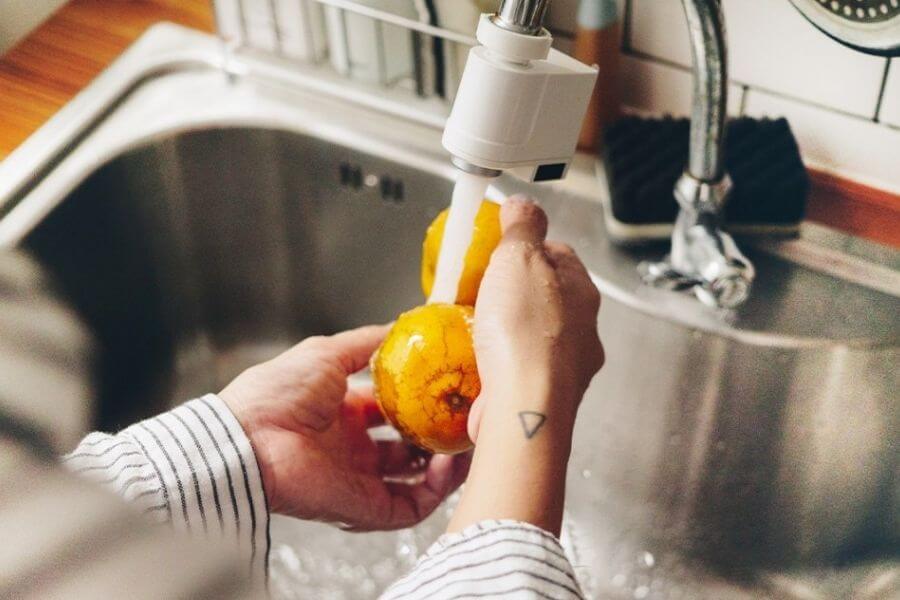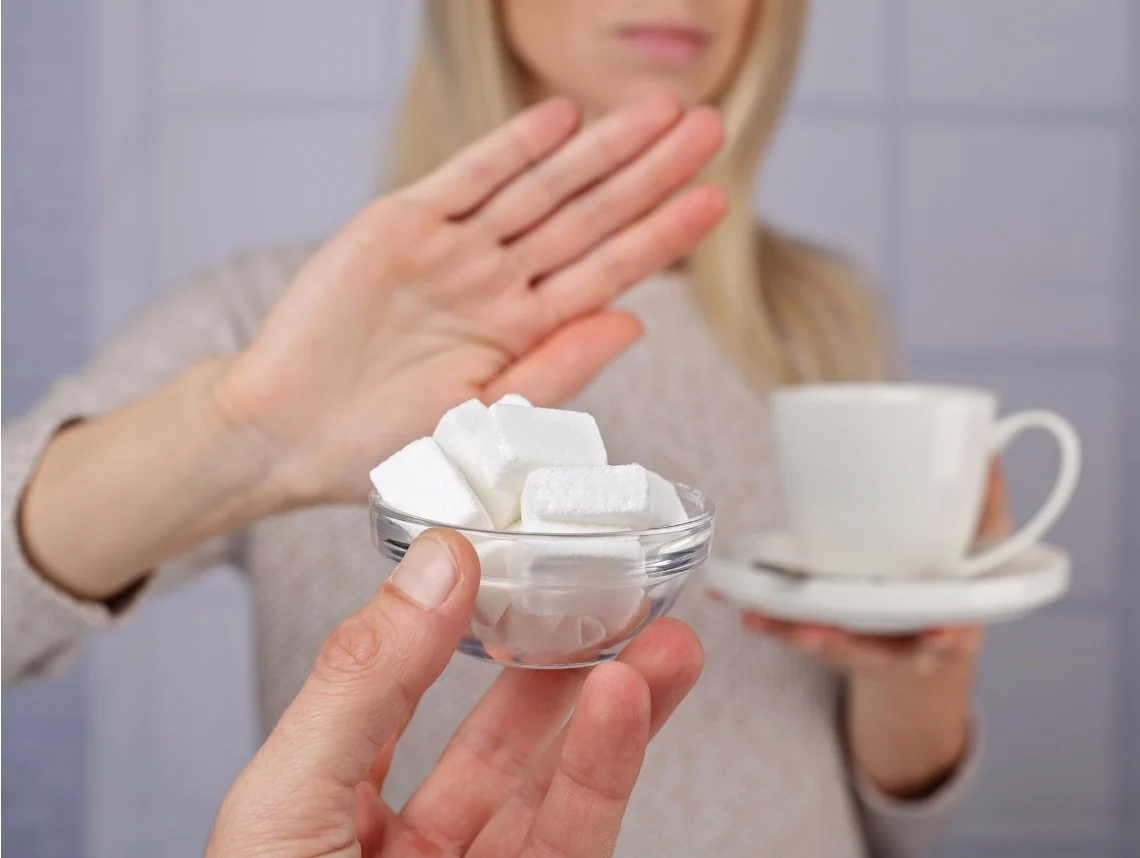A basket full of fresh, healthy vegetables and fruits, when incorporated in your daily diet, provides an excellent source of antioxidants, vitamins, minerals, and many beneficial nutrients.
Since ages, we had heard that before eating, we need to wash vegetables and fruits. It is always advised to rinse these vegetables and fruits well with water to remove germs, pesticides, or waxes present on their surfaces so that they are safe to eat.
Therefore, I am explaining the different ways you can apply to wash vegetables and fruits in this situation of the COVID-19 pandemic, where hygiene is not restricted only to personal hygiene.
With the increasing load of infections and growing concerns over hygiene, it is important to eat clean foods, taking special care for the same.
Why Is It Important To Wash Vegetables And Fruits?

As most of the fruits and vegetables are grown in outdoor farms, they contain tiny insects or bugs, and many pesticides are sprayed to keep these bugs away. Intake of these unwanted elements through the diet may pose harmful effects and lead to allergies and diseases.
Washing fruits and vegetables, even with simple water, helps to remove the surface chemicals that may be harmful to your body if ingested in large quantities. It is the point where most bugs or insects get identified.
Different Ways Of Washing Fruits
Fruits are divided into 2 categories, depending on the thickness of their skin, and each of them entails different washing techniques.
1. Class 1 Fruits

Oranges, bananas, sweet lime, etc. are hard-skinned fruits. Their skins must be removed before consumption. These types of fruits should be gently scrubbed while rinsing under running cold water.
2. Class 2 Fruits

Tender-skin fruits such as apples, grapes, berries, guava, and tomatoes can also be consumed directly with the peel. To wash such fruits, take a tsp of baking soda or salt in a large bowl of cold water. Stir well and immerse these fruits for around 10 to 15 minutes. Then take them out and air-dry them before stacking them in your refrigerator.
Different Ways Of Washing Vegetables
Wash these vegetables as soon as you bring them home. Since they are used in almost every dish, it is best to do it when they are fresh.
1. Class 1 Vegetables

Green leafy vegetables, for example, spinach, lettuce, fenugreek leaves, coriander, etc. are grown in soil, sand, and grit. This type of vegetables should be washed under cold water for two minutes and air-dry them naturally.
Once again, before cooking, it should be washed by taking a large utensil of warm water by adding a tsp of vinegar or citric acid and left for around five minutes, then drained off in a salad spinner or dry with a clean towel.
2. Class 2 Vegetables

Vegetables such as potatoes, carrots, cauliflower, broccoli, bottle gourd, etc. belong to this category. One can opt for scrubbing and washing to remove the excess of dirt over them. Just soak them for 2 to 3 minutes in vinegar or salt or baking soda solution and again rinse with clean water. Dry them off. And they are ready to use.
Few Handy Tips For You To Remember
- Wash your hands with good soap for minimum of 20 seconds before rinsing vegetables or fruits as hands are a possible source of contamination.
- Excess of rinsing vegetables or fruits may lead to the loss of good nutrients.
- Instead of commercial rinsing solutions, use homemade solutions of salt, vinegar, or baking soda.
- Leave aside the plastic bags, paper bags, carry bags for at least 30 minutes after purchase and sanitize them well.
- Use separate cutting boards when used for cutting fruits and vegetables.
- Sterilize your knives well before chopping vegetables or fruits.
- Do not leave fruits and vegetables, which are sliced, uncovered in the open.







